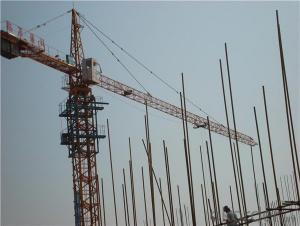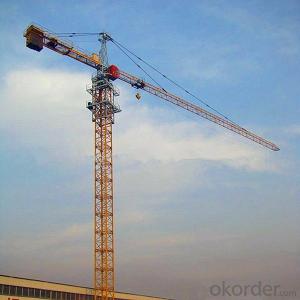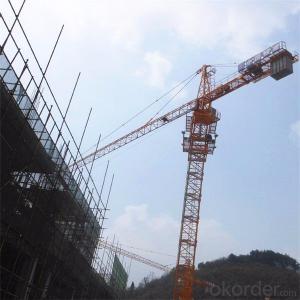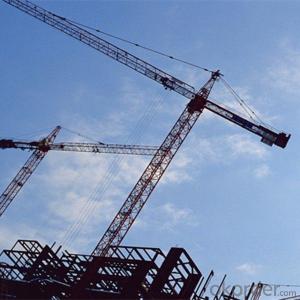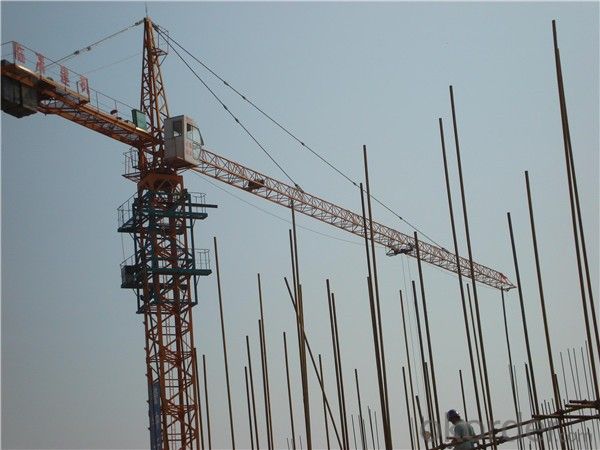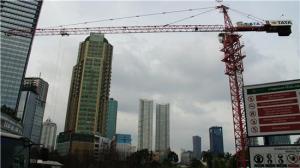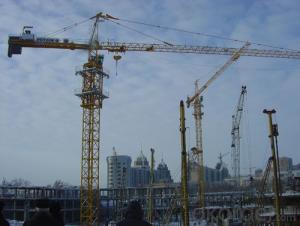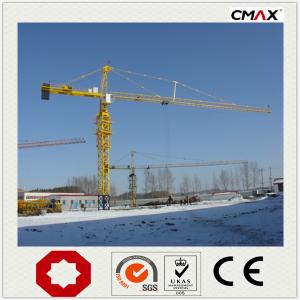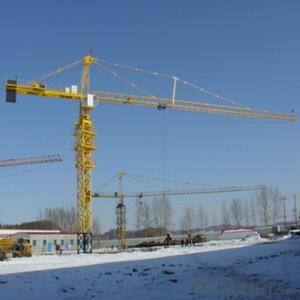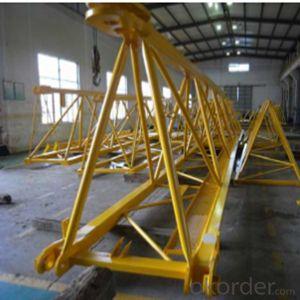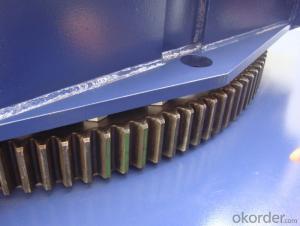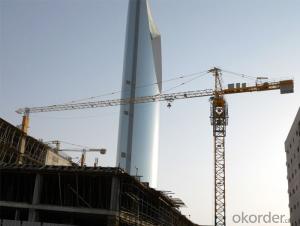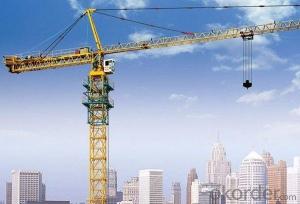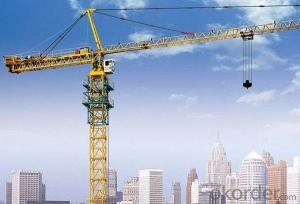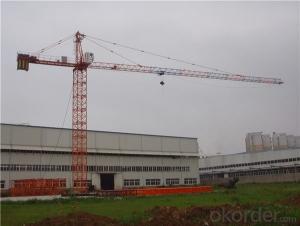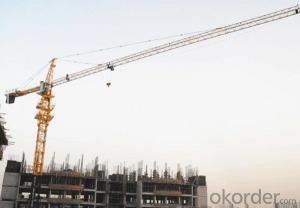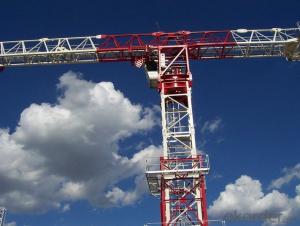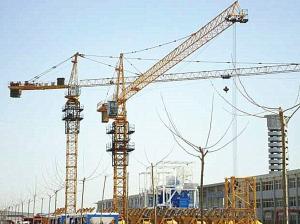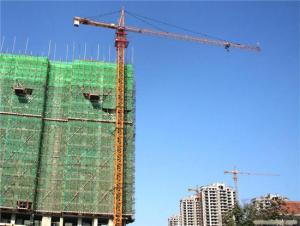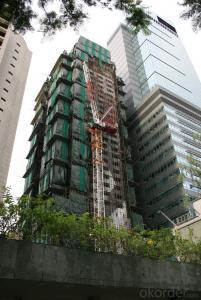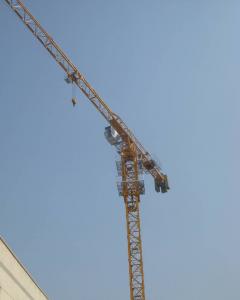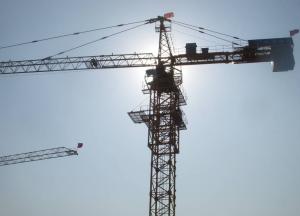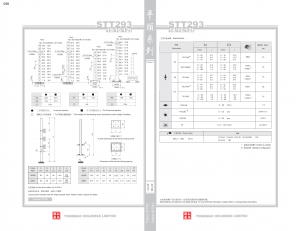Tower Cranes self-raising electric multifunctionalQTZ80(6010)
- Loading Port:
- Qingdao
- Payment Terms:
- TT OR LC
- Min Order Qty:
- 1 unit
- Supply Capability:
- 1000 unit/month
OKorder Service Pledge
OKorder Financial Service
You Might Also Like
QTZ80(6010) Description
Feature: Tower Crane Condition: New
Application: urban construction Rated Loading Capacity: 8T
Rated Lifting Moment:600KN.M Max. Lifting Load: 6T
Max. Lifting Height:160M Span: 60M
Model Number:QTZ80(6010)
Certification: ISO9001:2000; CE;Ukraine & Belarus Certificate
Colour: Orange/ Yellow
After-sales Service Provided: Overseas third-party support available
QTZ80(6010) Features
1.Ten years of experience in supplying new self-erecting tower crane with Taiwo Brand.
2. Export to more than 20 countries with CE/ISO/GOST Certificates.
3. Stationary/Travelling, external/ internal climbing tower crane
4. Impeller blasting/rust protection paint
5. Advanced painting process
6. Potain masts designed with dismountable panels, making teansport easier and cheaper.
7. New designed mast, can be used to Internal and external climbing tower crane
8. Engineers available to service machinery overseas.
QTZ80(6010) Specification
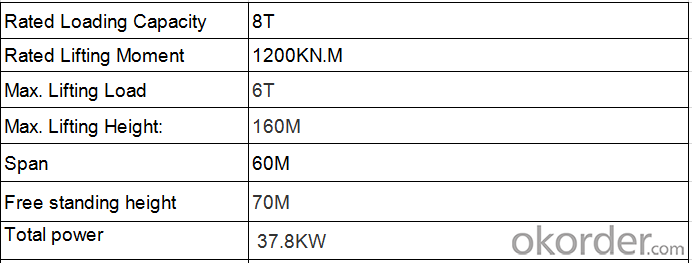
QTZ80(6010) Pictures
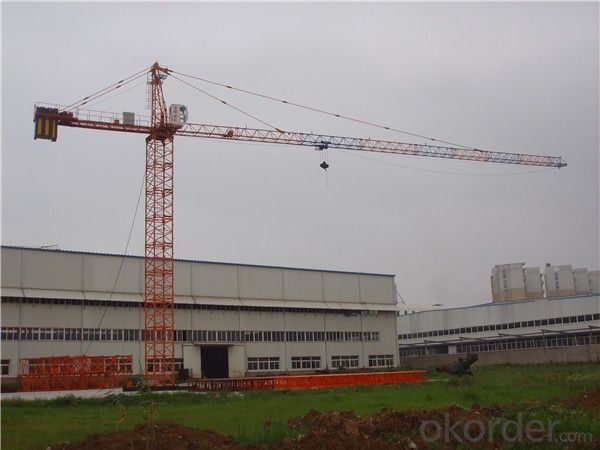
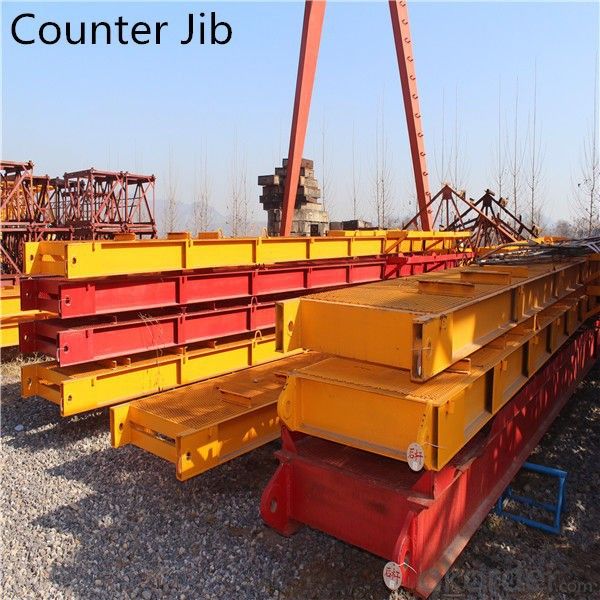
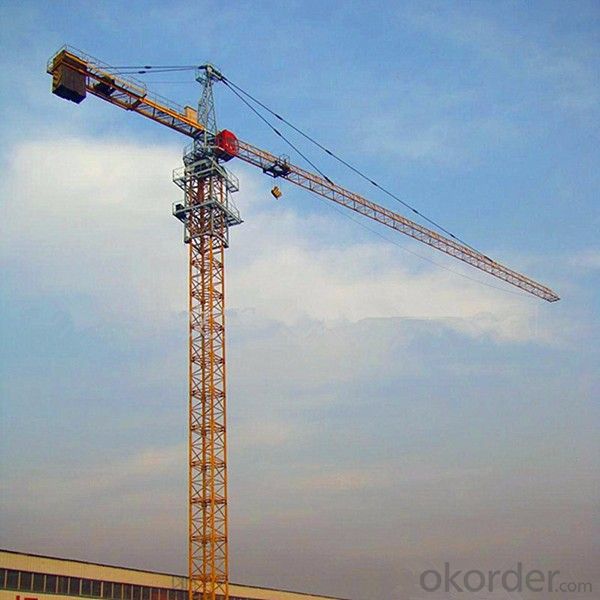
QTZ80(6010) FAQ
Q: What is counter weight? How kinds?
A: Counter weight is for balance the suspension mechanism. There are 2 kinds of counter weight, one is made by iron, the other is by concrete.
Q: Do you have any other types of suspended platform?
A: Yes, we have. Such as round suspended platform, using for the chimney, and slewing cradle, right angle platform, double deck platform, etc. We have strong technical team, we could design the suspended platform according to the customer’s request.
Q: Do you have any certificates?
A: We have passed CE certificate and ISO9001:2000 Quality Control System.
- Q: I work in downtown Atlanta, and they are doing some kind of work on top of one of the high rise buildings downtown with a big crane. I was wondering how they got that heavy of a crane there to begin with? Thanks ahead of time!
- Other big cranes?
- Q: How to choose tower crane in engineering, such as arm length and lifting weight?
- First of all, your engineering structure is reinforced concrete Or steel? What's the weight of the lift? The lifting capacity of tower cranes should meet the needs. Generally speaking, steel structure hoisting, tower crane of the largest lifting weight and gravity moment should be large; hanging steel reinforcement of a smaller can.Secondly, the boom length should be covering the scope of construction (can also be arranged to meet several sets of crane lifting coverage). But in the 360 level luffing jib range, can not have obstacles (other cranes and buildings), and the boom and the distance between them (below) should be not less than 2m.Third, in the construction project is relatively high, the site is relatively small, you can mount the internal climbing tower crane. Building covers a large area, sometimes one can solve the problem. Of course, it is more troublesome to disassemble and lift inside, but the standard section used is less and the cost can be lower.
- Q: Tower crane driver simulation exam which website?
- This also needs to imitate exam? When you go to the training, the teacher will read the outline.
- Q: Synopsis for the poem Lost Dances Of Cranes?
- If this is the poem, you will find several comments at the link provided. Your fields are empty now. Only your ghosts dance while cranes of another kind dance cities into being. All that remain of you are a fading crackle of your energy and some grainy video footage that people in the new cities will watch to marvel at the wonders the world once held. craftygreenpoet.blogspot .uk/20...
- Q: I need the answer badly
- The world would be a little less beautiful. The blue crane's role as a predator in its ecosystem would be left empty, allowing its former prey to breed without check until (hopefully) another predator moves in to pick up the slack. Otherwise the ecosystem will be out of balance.
- Q: Tower cranes should stop working when the wind speed is greater than the magnitude.
- Rules for safety regulation of tower crane,The installation of tower crane is strictly prohibited at grade 4 or above
- Q: the question is :Two cranes can unload a ship together in 15 hours. The faster crane takes 16 hours less than the slower crane, if each were to unload the same ship alone. How long doesi t take for each crane to unload this ship? I done most of the math but i am stuck with this last part .15+- radical 1185/2
- No. of hours for the slower to unload alone—x: 1/x + 1/(x - 16) = 1/15 (x - 16 + x)/(x? - 16x) = 1/15 15(2x - 16) = x? - 16x 30x - 240 = x? - 16x x? - 46x = - 240 x? - 23x = - 240 + (- 23)? x? - 23x = - 240 + 529 (x - 23)? = 289 x - 23 = 17 x = 40 No. of hours for the faster to unload alone: = 40 - 16 = 24 Answer: slower crane, 40 hrs; faster crane, 24 hrs Check: = 15(1/40 + 1/24) = 15([3 + 5]/120) = 15(8/120) = 15(1/15) = 15/15 or 1
- Q: I know that an ancient Japanese legend promises that anyone who folds a thousand origami cranes will be granted a wish by a crane, such as long life or recovery from illness or injury. This summation, or something like it comes up in every search I do for the legend. Is there a full story that goes with the original legend? If so I would very much like to read it. Wikipedia doesn't have it. Also, while Sadako's story is very touching, it is not the one I'm looking for.
- We just finished learning about this in school. It goes back really far, but this is what i know of. A long time ago when heroshima, the atom bomb hit, there were only few survivors. one little girl, i dont remeber her name, was told she was going to die. he heard an old legend that if someone were to fold 1000 paper cranes in one year, they would recive a wish that would come true. The littl girl started folding paper cranes so she could wish that she would live and everyone would have world peace. She sadly died before she was able to fold all 1000 cranes, but ever since a paper crane was a symbol of peace. She has a statue in japan and every year they recive thousands of paper cranes made from children around the world that they hang on her statue.
- Q: What is the wall radius of a qtz50 tower crane?
- The working radius is usually 50 meters. There are also 48, 49 meters. For example, 4810, 4910, and 5010, belong to 50 tons of tower cranes.Qtz50 resolves to:Q: crane;T: Tower type;Z: Jack up;50: lifting torque of 50 tons meters.
Send your message to us
Tower Cranes self-raising electric multifunctionalQTZ80(6010)
- Loading Port:
- Qingdao
- Payment Terms:
- TT OR LC
- Min Order Qty:
- 1 unit
- Supply Capability:
- 1000 unit/month
OKorder Service Pledge
OKorder Financial Service
Similar products
Hot products
Hot Searches
Related keywords
